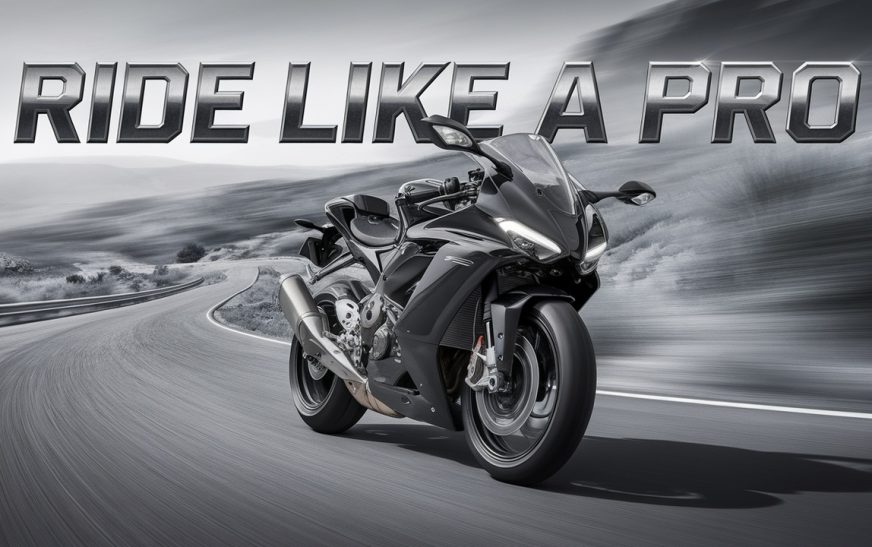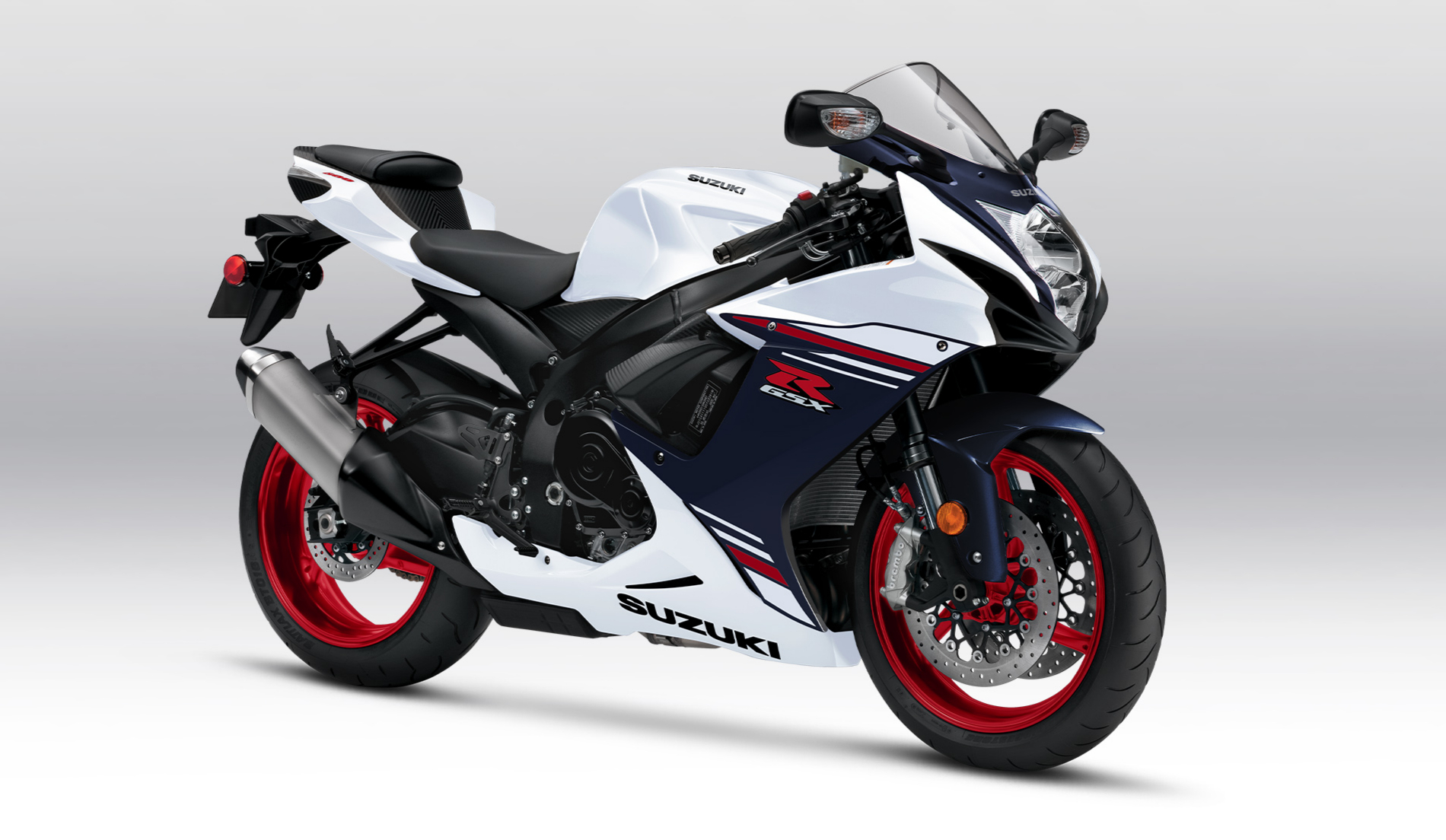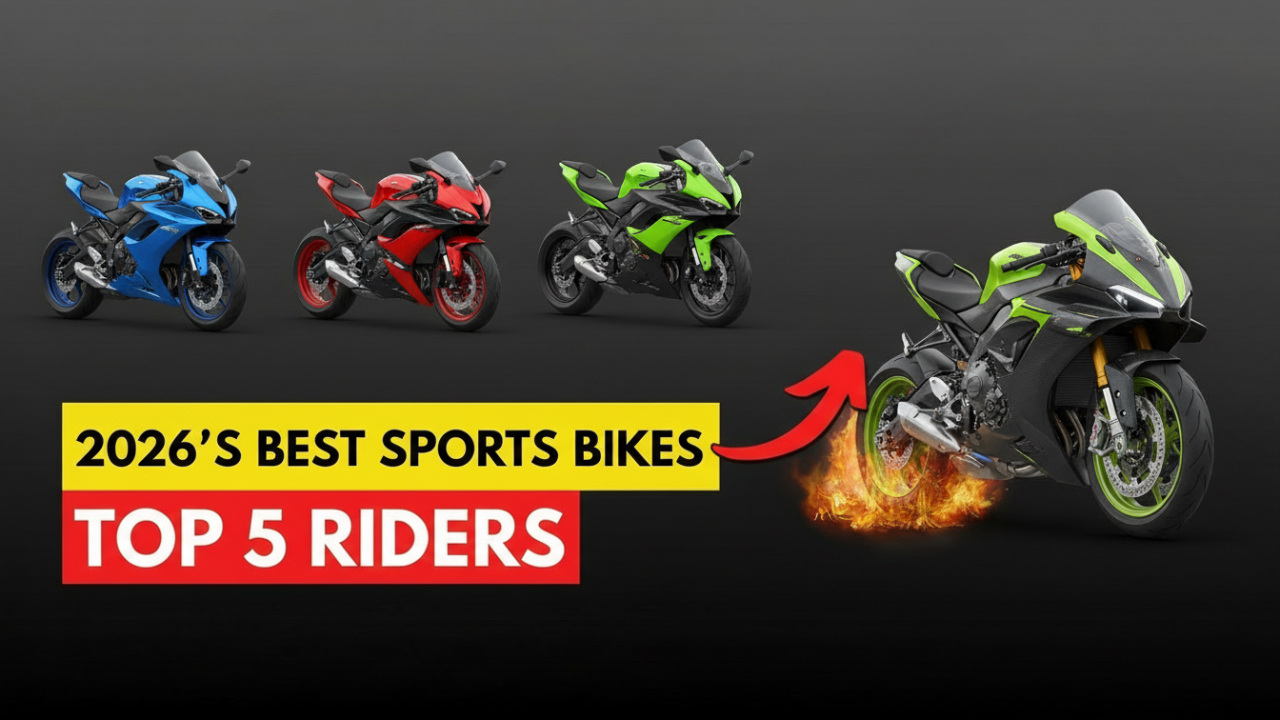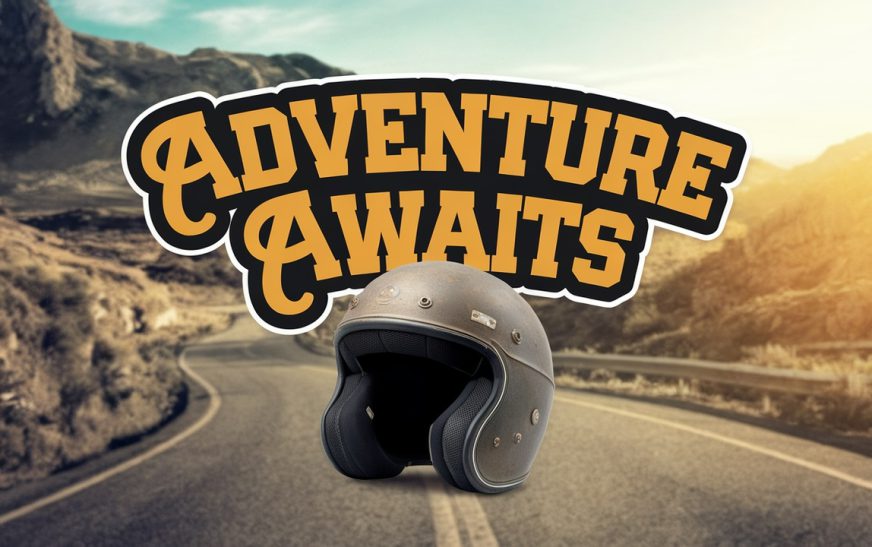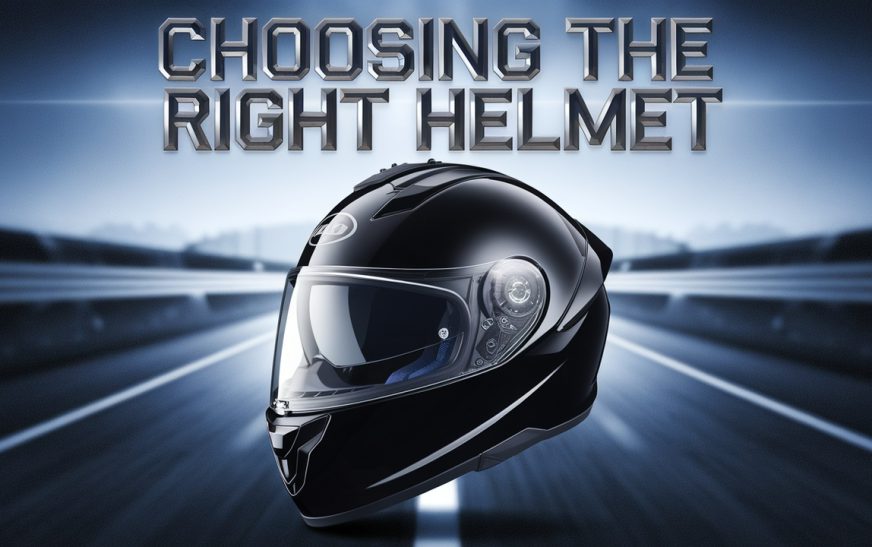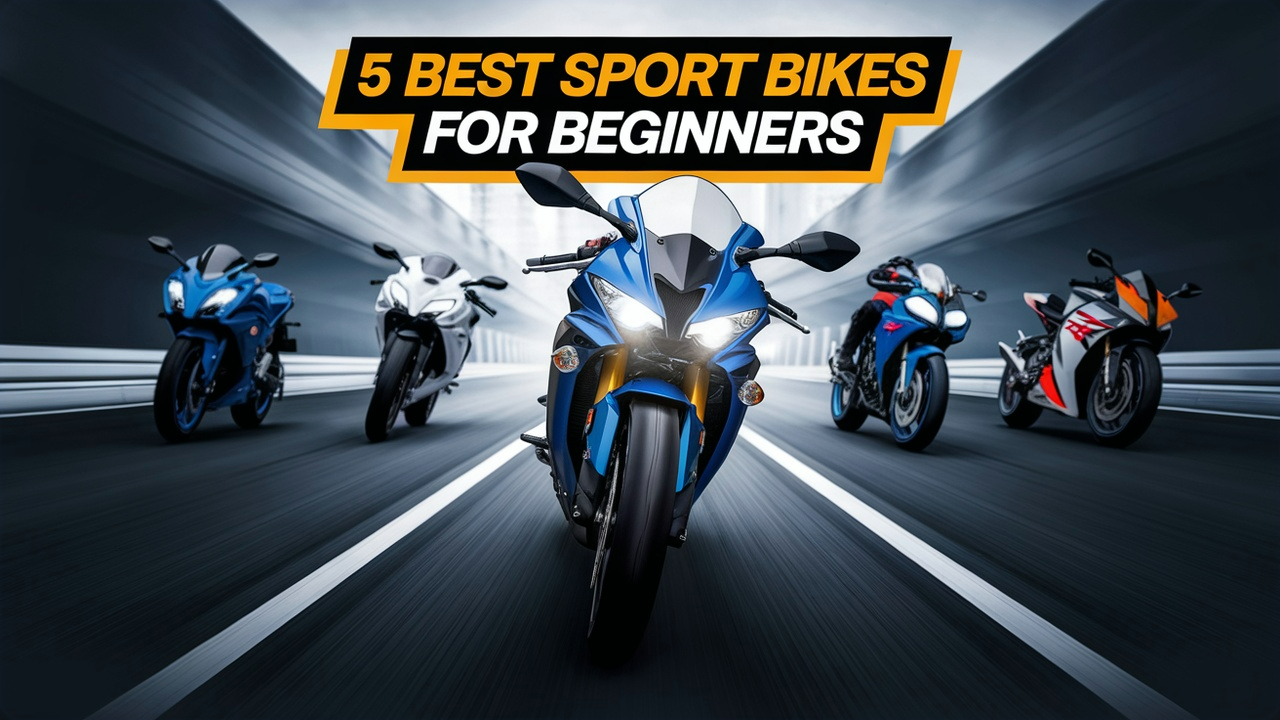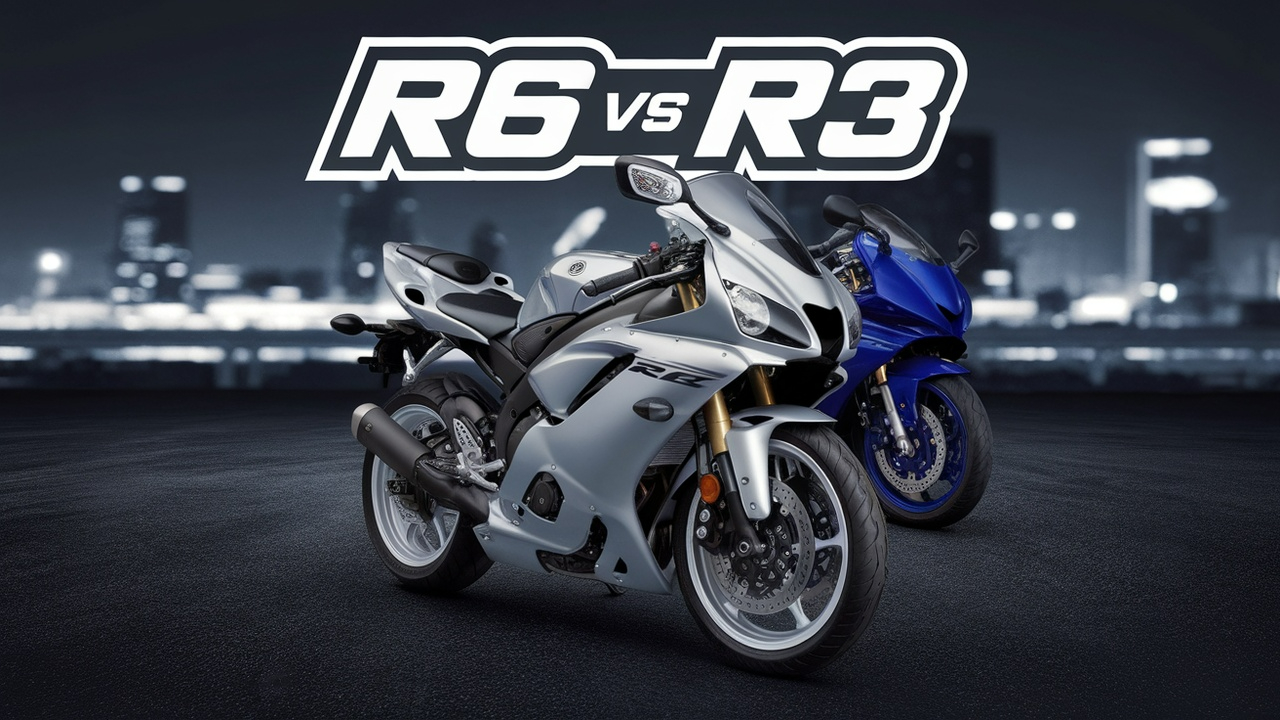Mastering the Art of Riding
Riding a motorcycle is a thrilling experience, one that combines the freedom of the open road with the thrill of precision control. While the feeling of the wind against your skin and the hum of the engine beneath you might be second nature to an experienced rider, there is always room to elevate your skills. Whether you’ve been riding for years or are looking to push your limits, the path to becoming a truly advanced rider involves a continuous learning process. In this blog, we will delve into tips and techniques to help experienced riders refine their abilities, ensuring that they can tackle challenging roads, maintain safety, and achieve the next level of mastery.
1. Refine Your Cornering Technique
Cornering is one of the most critical skills for any advanced rider, yet it remains an area where many can improve. Mastering the art of cornering not only enhances safety but also contributes to a smoother and more enjoyable riding experience.
- Body Positioning: To tackle corners with precision, your body position plays a crucial role. As you approach a corner, make sure to shift your body slightly toward the inside of the turn while keeping your head up and eyes focused on the exit. The more you lean into the turn while maintaining the right balance, the more control you have. Practice shifting your weight by pressing your inside knee against the tank and using your core muscles to stabilize yourself.
- Throttle and Brakes: Smooth throttle control and braking are essential for maintaining stability through corners. It’s recommended to adjust your speed before entering the curve rather than during. Avoid hard braking during a turn, as this can upset the balance of the bike. Instead, focus on the gentle use of throttle to smooth out the transition through the curve.
- Look Ahead: Keep your eyes focused on the exit of the corner, not directly in front of you. This allows your body to intuitively adjust to the turn and will help you respond more effectively to unexpected changes in the road.
2. Master Braking Techniques
Advanced riders understand that effective braking is crucial in a variety of riding situations. Whether you’re slowing down for a sharp curve or need to stop quickly in an emergency, knowing how to use your brakes efficiently can prevent accidents.
- Progressive Braking: Rather than slamming the brakes all at once, practice applying them progressively. Squeeze the lever or pedal with gradual pressure to avoid locking the wheels or upsetting the balance. Progressive braking allows for smoother deceleration, which is crucial for maintaining stability and control.
- Use Both Brakes: Advanced riders know the importance of using both the front and rear brakes in tandem. The front brake provides the most stopping power, but the rear brake can help you maintain control during a sudden stop. Practice using both brakes evenly to avoid losing balance, especially in low-grip situations.
- Emergency Braking: Knowing how to perform an emergency stop is a life-saving skill. In an emergency situation, focus on applying maximum pressure to the front brake without locking the wheel, while gradually adding rear brake pressure. Practice emergency stops in different conditions and at various speeds to increase your reaction time and confidence.
3. Perfect Your Road Positioning
Being aware of your position on the road and adjusting it accordingly can make a world of difference in terms of visibility, control, and safety. Advanced riders are constantly aware of their surroundings and anticipate the behavior of other road users.
- Lane Positioning: Always aim for the best position in your lane. For most situations, this means positioning yourself in the part of the lane that offers the most visibility and room to maneuver. If you’re on a highway, it is usually best to ride in the left or right third of your lane to make sure you’re visible to other drivers and can quickly react to traffic.
- Anticipate Traffic: Anticipating the movements of other drivers is a hallmark of advanced riding. Whether it’s looking for a car to merge into your lane or anticipating a vehicle stopping ahead, using your mirrors and constantly scanning the road ahead allows you to react before the situation escalates.
- Adjusting to Road Conditions: On certain roads, you may need to adjust your lane positioning to avoid road hazards. If the road is covered with gravel, oil, or potholes, move to a safer part of your lane to maintain better control. Your position should also adapt to the traffic situation — if a car is following too closely, for example, it may be safer to adjust your position slightly to give them more space to overtake.
4. Ride in All Weather Conditions
Advanced riders are skilled at riding in various weather conditions. From rain to intense heat or chilly temperatures, the more experienced you are, the more adaptable you become.
- Wet Roads: Wet conditions reduce tire grip, so it’s important to reduce your speed and increase your following distance. In the rain, try to avoid sharp turns, hard braking, and sudden throttle inputs. Riding in the tire tracks of vehicles in front of you can also help reduce the risk of hydroplaning.
- Cold Weather: Cold weather requires special attention to your gear and bike setup. Ensure that your tires are properly inflated and that your bike is warmed up before riding. Additionally, always wear layers of clothing to stay warm and protect against frostbite.
- Hot Weather: In hot weather, it’s important to stay hydrated and take frequent breaks. Wear lightweight clothing that allows for ventilation, and adjust your riding style to prevent overheating. Hot weather can also affect your bike’s performance, so check your fluids and tire pressures regularly.
5. Understand and Use Countersteering
Countersteering is a technique that allows riders to steer their bikes through corners at higher speeds with more stability. While most riders use this technique unconsciously, advanced riders use it with purpose and precision.
- What Is Countersteering?: Countersteering involves briefly pushing the handlebar in the opposite direction of the turn you want to make, which causes the bike to lean in the desired direction. For example, if you want to turn right, push the right handlebar outward (left) for a moment. This counterintuitive action makes the bike lean and initiates the turn.
- When to Use It: At higher speeds, countersteering becomes especially important for smooth and controlled turning. You may not realize you are doing it at lower speeds, but at higher speeds (typically over 10–15 mph), countersteering becomes a more prominent and efficient way to steer the bike.
6. Enhance Your Skills in Low-Speed Maneuvering
While high-speed riding is exhilarating, mastering low-speed maneuvering is a key trait of advanced riders. Many challenging situations arise when riding at slower speeds, such as when navigating tight turns, parking lots, or dealing with obstacles.
- Feathering the Clutch: At low speeds, your clutch control becomes essential. By feathering the clutch, you can maintain the bike’s power and control at slow speeds without stalling. Practice operating the clutch smoothly to keep your bike balanced and prevent jerky movements.
- Throttle Control: When maneuvering at low speeds, small adjustments to the throttle allow for more precise control. Over-revving can cause instability, while under-revving may cause the engine to stall. Find the right balance between the throttle and clutch to maintain a steady pace.
- Slow-Speed U-Turns: Mastering slow-speed U-turns requires focus and practice. Keep your head up and look where you want to go, rather than staring at the ground or the bike’s front wheel. Your throttle and clutch control will help you maintain balance and precision.
7. Maintain Your Motorcycle Regularly
An advanced rider doesn’t just focus on riding; they also pay close attention to their bike’s maintenance. Proper bike upkeep is crucial for safety and performance.
- Check Tire Pressure: Tires are the primary contact point between your bike and the road, and they play a significant role in handling and braking. Make sure your tires are properly inflated, and check them regularly for wear and tear.
- Chain Maintenance: A well-lubricated chain ensures smooth power delivery and can help prevent mechanical failures. Regularly clean and lubricate the chain to maintain its lifespan and functionality.
- Fluid Levels: Always check your engine oil, brake fluid, and coolant levels before riding. Proper fluid levels ensure optimal engine performance and brake efficiency.
- Brake Pads: Inspect the brake pads regularly to ensure they are not worn down. Replacing them when necessary will help you avoid brake failure and maintain safe stopping distances.
8. Continue Learning and Practicing
Finally, remember that even the most seasoned riders have room for improvement. Always be open to learning new techniques, attending advanced rider training courses, and practicing your skills.
- Take Advanced Courses: Consider attending advanced riding courses that focus on emergency maneuvers, high-speed cornering, or off-road techniques. These courses can introduce new skills that can be immediately applied to your everyday riding.
- Join Riding Groups: Riding with others who have more experience can push you to improve. By sharing knowledge and riding together in diverse environments, you’ll encounter different challenges and learn from each other.
- Practice Regularly: The best way to maintain and improve your skills is by practicing regularly. Whether it’s honing your cornering technique or simply riding in different conditions, frequent practice helps you stay sharp.
Conclusion
Becoming an advanced rider isn’t about simply putting in more miles on the road; it’s about refining your technique, learning new skills, and adapting to a wide range of conditions. By mastering cornering, braking, road positioning, weather adaptation, and low-speed maneuvers, and by maintaining your motorcycle in top shape, you can elevate your riding to new levels of safety and performance. Most importantly, remember that an advanced rider is a rider who is always learning, always practicing, and always improving. Whether you’re on the highway or a winding mountain road, keep pushing your limits and enjoy the thrill of becoming the best rider you can be.
Are you curious if the Yamaha R3 can outperform the R6? Please click here for further information.
Would you like to join me on my motorcycle journey?

